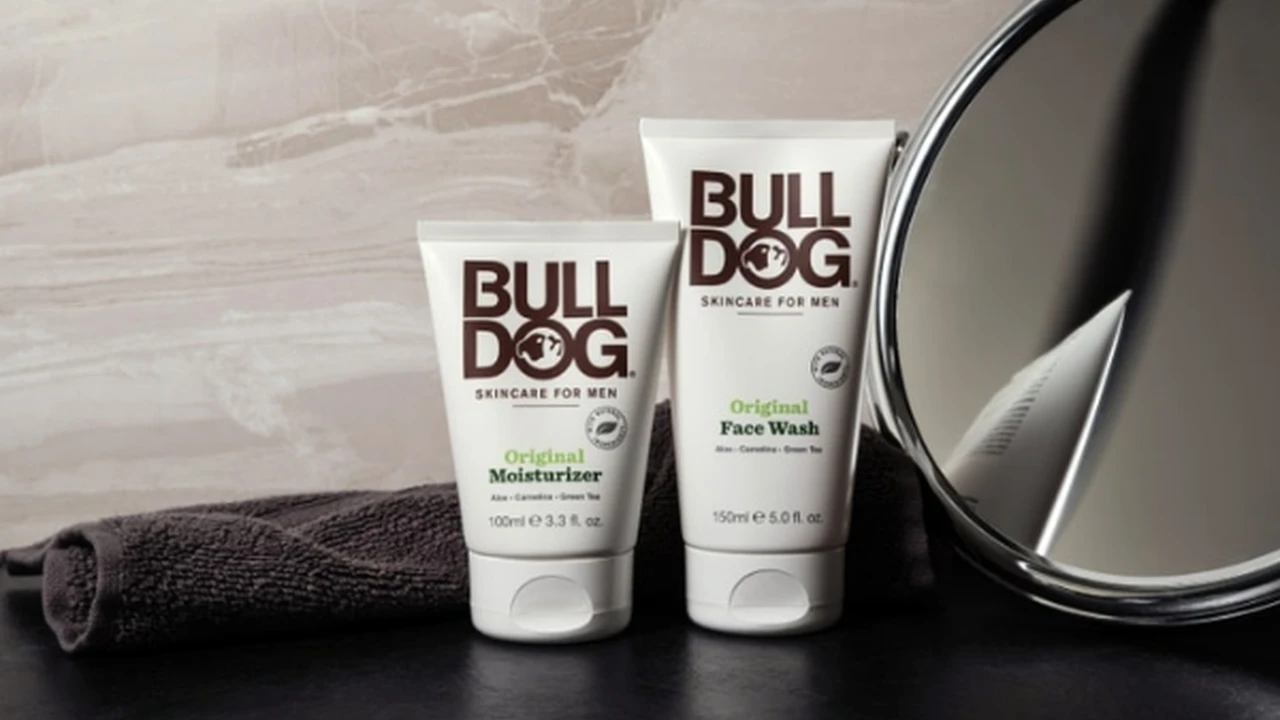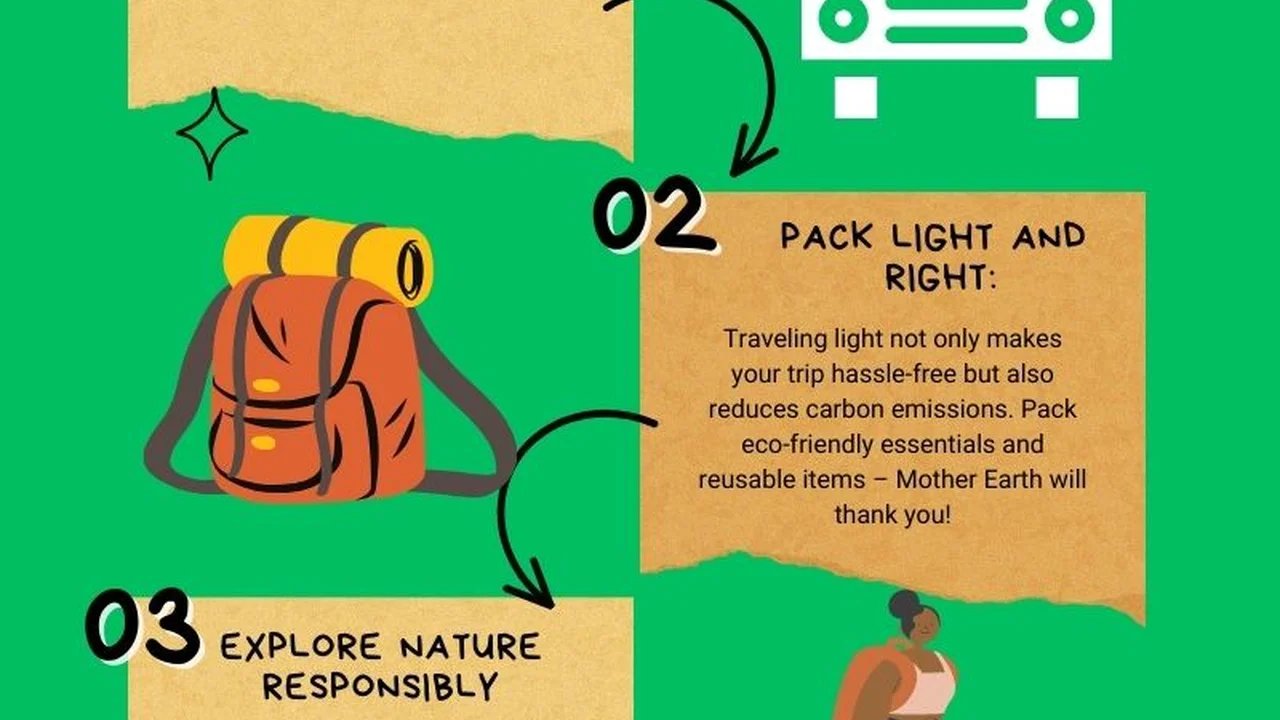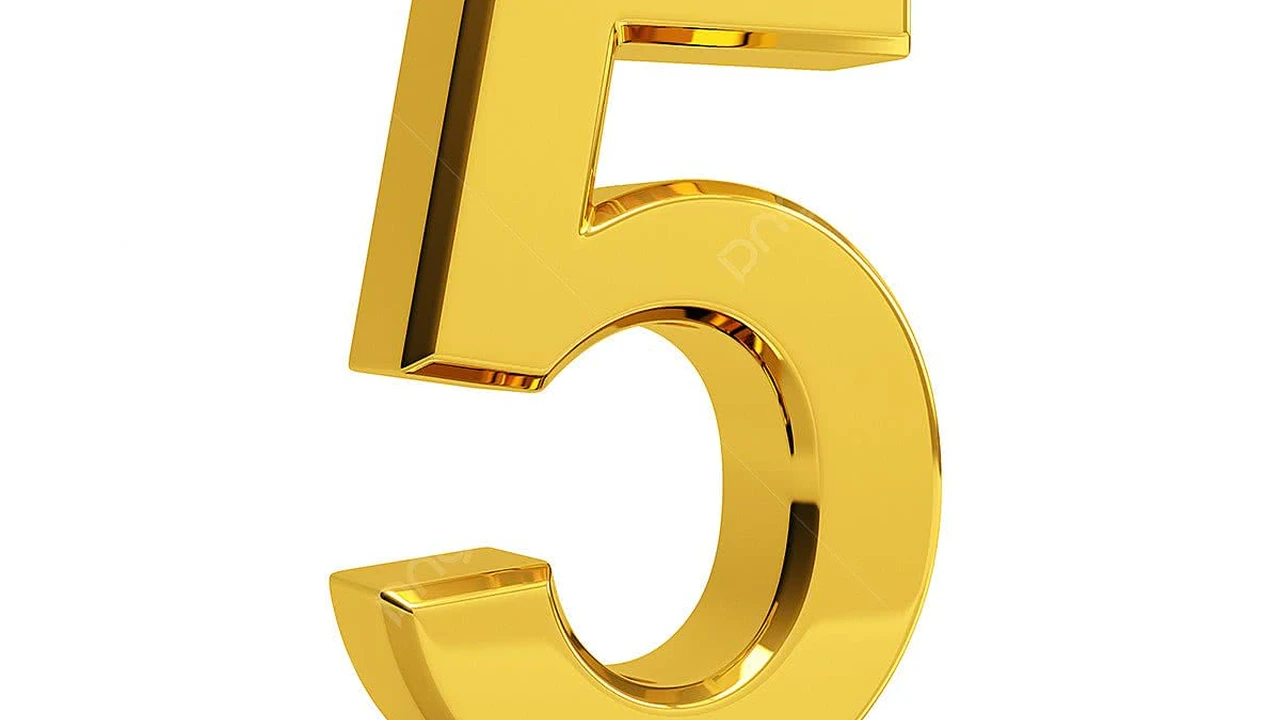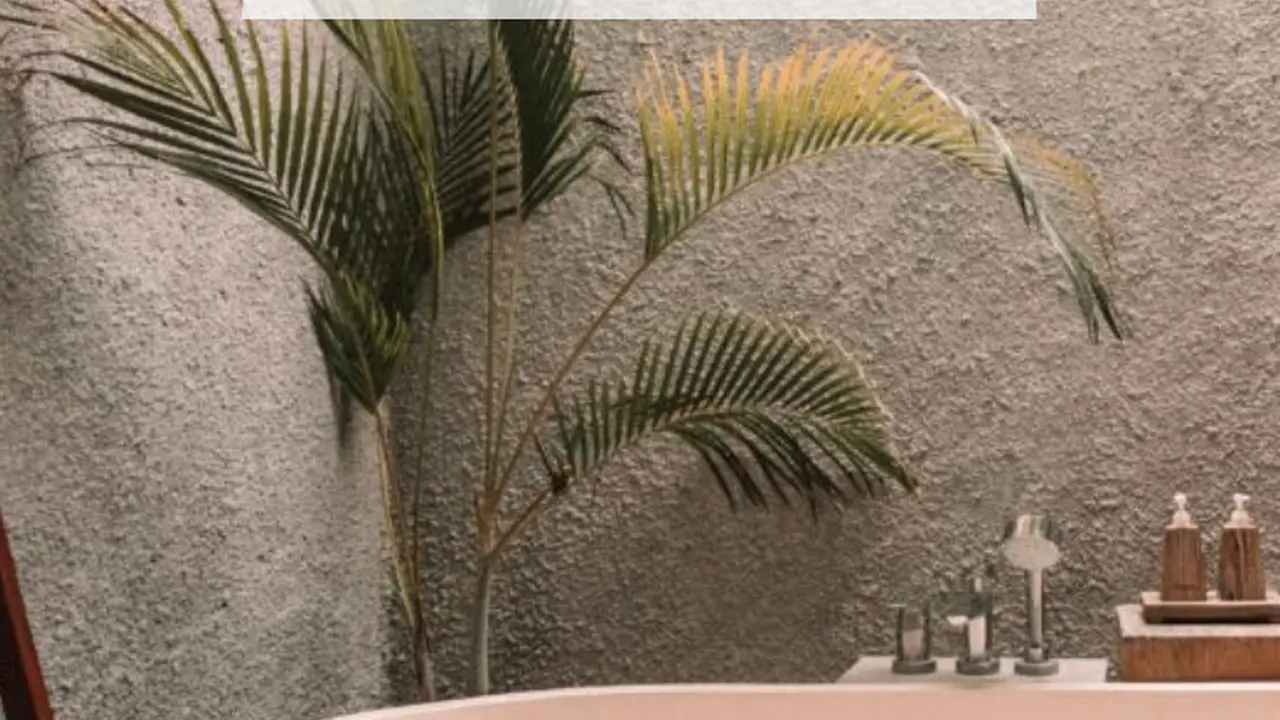7 Best Eco-Friendly Footwear Brands for Stylish Steps
Explore the top 7 eco-friendly footwear brands that combine style, comfort, and sustainability. Walk the talk with conscious shoes.
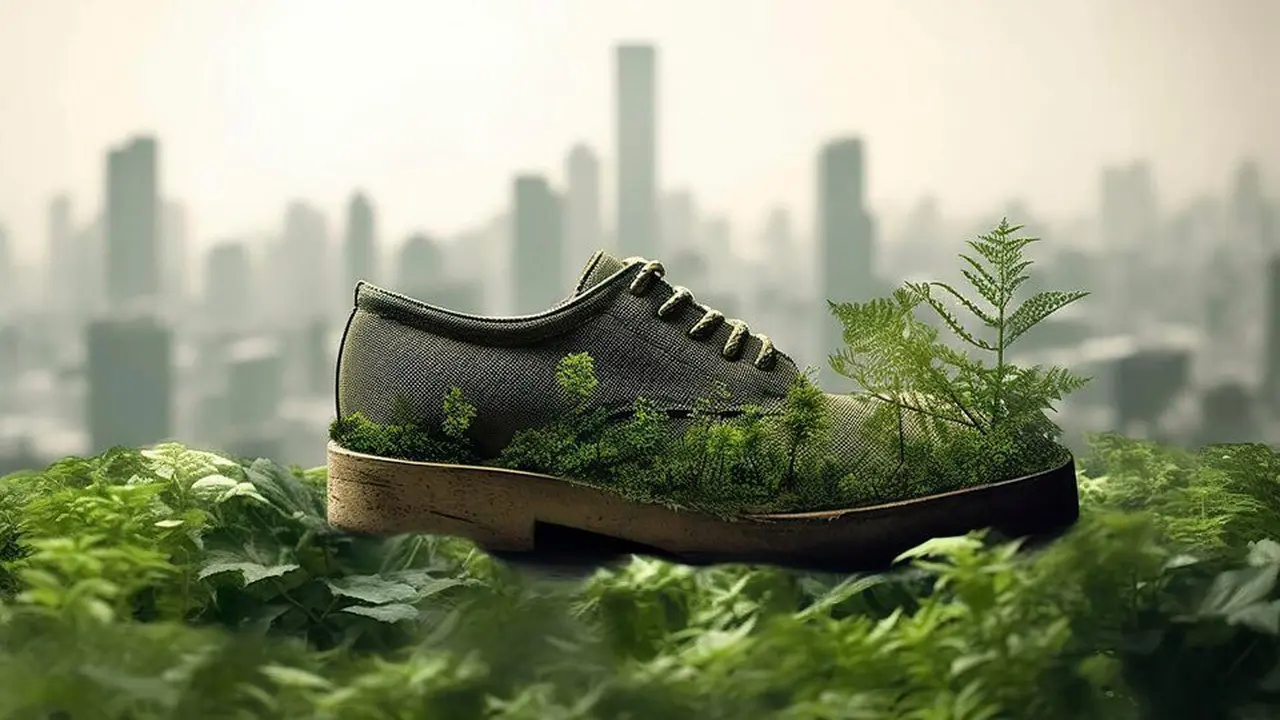
7 Best Eco Friendly Footwear Brands for Stylish Steps
Why Choose Eco Friendly Footwear Sustainable Footwear Choices
In today's fast-paced world, where fashion trends come and go, it's easy to overlook the environmental impact of our choices. Footwear, in particular, has a significant footprint, from the materials used to the manufacturing processes and even the disposal of old shoes. But what if you could step out in style while also treading lightly on the planet? That's where eco-friendly footwear comes in. Choosing sustainable shoes isn't just a trend; it's a conscious decision to support brands that prioritize ethical production, use recycled or natural materials, and minimize waste. It's about investing in quality over quantity, and understanding that every purchase has a ripple effect. Beyond the environmental benefits, many eco-friendly brands also focus on fair labor practices, ensuring that the people who make your shoes are treated with respect and paid fairly. This holistic approach to sustainability means you're not just buying a product; you're supporting a movement towards a more responsible and equitable fashion industry. So, whether you're a seasoned eco-warrior or just starting your sustainable journey, exploring eco-friendly footwear is a fantastic way to make a tangible difference.
Understanding Sustainable Materials in Footwear Eco Friendly Shoe Materials
The heart of eco-friendly footwear lies in its materials. Traditional shoe manufacturing often relies on synthetic materials like virgin plastics, petroleum-based glues, and chrome-tanned leather, all of which have detrimental environmental impacts. Sustainable footwear, on the other hand, champions innovative and natural alternatives. Let's break down some of the key materials you'll encounter:
Recycled and Upcycled Materials Sustainable Shoe Components
- Recycled PET (Plastic Bottles): Many brands are now transforming discarded plastic bottles into durable and comfortable shoe uppers, laces, and even soles. This diverts waste from landfills and oceans, giving new life to materials that would otherwise pollute our planet.
- Recycled Rubber: Old tires and other rubber waste are often repurposed into outsoles, providing excellent grip and durability while reducing the demand for new rubber production.
- Upcycled Fabrics: Some brands creatively use textile waste, such as old denim or industrial scraps, to create unique and stylish shoe designs, minimizing fabric waste.
Natural and Plant Based Materials Vegan Footwear Options
- Organic Cotton: Grown without harmful pesticides or synthetic fertilizers, organic cotton is a breathable and comfortable choice for linings and uppers.
- Hemp: This incredibly versatile plant requires minimal water and no pesticides to grow. Hemp fibers are strong, durable, and naturally antimicrobial, making them ideal for footwear.
- Cork: Harvested from the bark of cork oak trees without harming the tree, cork is a renewable resource that's lightweight, cushioning, and naturally antimicrobial. It's often used for insoles and midsoles.
- Natural Rubber: Sourced from rubber trees, natural rubber is a renewable alternative to synthetic rubber, offering excellent flexibility and durability for soles.
- Pinatex (Pineapple Leaf Fiber): An innovative leather alternative made from the cellulose fibers of pineapple leaves, Pinatex is durable, water-resistant, and has a low environmental impact.
- Mycelium Leather (Mushroom Leather): Still emerging, this material is grown from the root structure of mushrooms and offers a biodegradable and animal-free alternative to traditional leather.
- Algae Foam: Some brands are using algae biomass to create lightweight and flexible foams for midsoles and insoles, helping to clean waterways in the process.
Ethically Sourced Leather and Wool Responsible Animal Derived Materials
While many eco-friendly brands focus on vegan alternatives, some still use animal-derived materials, but with a strong emphasis on ethical sourcing. This means:
- LWG Certified Leather: Leather Working Group (LWG) certification ensures that leather tanneries follow strict environmental protocols, reducing water usage, chemical pollution, and energy consumption.
- Responsible Wool Standard (RWS) Certified Wool: RWS certification guarantees that wool comes from sheep that have been treated humanely and that the land has been managed responsibly.
Understanding these materials empowers you to make informed decisions and choose footwear that aligns with your values.
Top 7 Eco Friendly Footwear Brands Our Sustainable Shoe Picks
Now, let's dive into some of the best eco-friendly footwear brands that are making waves in the sustainable fashion industry. We've selected these brands based on their commitment to sustainable materials, ethical production, innovative designs, and overall positive impact.
1. Allbirds Comfort and Sustainability Combined
Allbirds has revolutionized the footwear industry with its focus on natural materials and minimalist design. They are perhaps best known for their use of Merino wool, eucalyptus tree fiber, and sugarcane-based SweetFoam™ for their soles. Their commitment to sustainability is evident in every aspect of their production, from sourcing to packaging. Allbirds also transparently labels the carbon footprint of each product, empowering consumers to make informed choices.
Featured Product: Allbirds Wool Runners
- Description: The original Allbirds shoe, made from super-fine ZQ Merino wool, known for its softness, breathability, and temperature-regulating properties. The SweetFoam™ sole provides incredible comfort and cushioning.
- Use Case: Perfect for everyday wear, light walks, and casual outings. Their minimalist design makes them versatile for various outfits.
- Price Range: Approximately $100 - $120 USD.
- Why it's Eco-Friendly: ZQ Merino wool ensures animal welfare and environmental best practices. SweetFoam™ is derived from sugarcane, a renewable resource. Low carbon footprint.
Featured Product: Allbirds Tree Dashers
- Description: Allbirds' performance running shoe, featuring a breathable eucalyptus tree fiber upper and a responsive SweetFoam™ midsole. Designed for comfort and support during runs.
- Use Case: Running, gym workouts, and active lifestyles.
- Price Range: Approximately $135 - $145 USD.
- Why it's Eco-Friendly: Eucalyptus tree fiber is sustainably sourced and uses significantly less water than traditional materials. SweetFoam™ for reduced environmental impact.
2. Veja Ethical Sneakers with Style
Veja is a French brand that has gained immense popularity for its stylish, minimalist sneakers and unwavering commitment to ethical production. They work directly with small-scale producers in Brazil and Peru, ensuring fair trade practices for organic cotton and wild rubber. Veja avoids advertising, instead investing those funds directly into their supply chain to ensure transparency and fair wages. Their iconic 'V' logo is a symbol of their dedication to sustainability.
Featured Product: Veja V-10 Sneakers
- Description: A classic Veja silhouette, often made with a combination of organic cotton canvas, wild rubber from the Amazon, and innovative vegan leather alternatives like C.W.L. (Cotton Worked as Leather, a vegan and bio-based material).
- Use Case: Everyday fashion, casual wear, and adding a touch of conscious style to any outfit.
- Price Range: Approximately $150 - $180 USD.
- Why it's Eco-Friendly: Direct sourcing of organic cotton and wild rubber, fair trade practices, and use of recycled and bio-based materials.
Featured Product: Veja Esplar Sneakers
- Description: A simpler, sleeker design than the V-10, the Esplar often features organic cotton canvas or low-chrome leather uppers, with wild rubber soles.
- Use Case: Versatile for daily wear, offering a clean and understated look.
- Price Range: Approximately $120 - $140 USD.
- Why it's Eco-Friendly: Similar to the V-10, with a focus on organic cotton, wild rubber, and ethical production.
3. Rothy's Sustainable Style from Recycled Bottles
Rothy's has made a name for itself by transforming recycled plastic water bottles into stylish and comfortable shoes. Their signature knit fabric is durable, flexible, and machine washable, making their shoes incredibly practical. They have a closed-loop manufacturing process, minimizing waste and maximizing efficiency. Rothy's offers a range of flats, sneakers, and loafers, all with their distinctive knit texture.
Featured Product: Rothy's The Point
- Description: A classic pointed-toe flat made from Rothy's signature knit fabric, spun from recycled plastic bottles. Features a comfortable, flexible fit and a durable carbon-free rubber sole.
- Use Case: Professional settings, casual outings, and travel. Their comfort makes them ideal for long days on your feet.
- Price Range: Approximately $125 - $150 USD.
- Why it's Eco-Friendly: Made from 100% recycled plastic bottles, machine washable for extended life, and a low-waste manufacturing process.
Featured Product: Rothy's The Sneaker
- Description: A comfortable and versatile slip-on sneaker, also crafted from recycled plastic bottles. Features a soft, breathable knit and a durable sole.
- Use Case: Everyday casual wear, light walks, and running errands.
- Price Range: Approximately $125 - $135 USD.
- Why it's Eco-Friendly: Utilizes recycled plastic bottles, machine washable, and designed for longevity.
4. Vivobarefoot Minimalist Design Maximum Sustainability
Vivobarefoot is a pioneer in minimalist, barefoot-style footwear, designed to let your feet move naturally. Beyond their unique design philosophy, they are deeply committed to sustainability. They use a high percentage of recycled materials, natural rubber, and innovative bio-based materials. They also have a 'ReVivo' program, allowing customers to return worn shoes for repair or recycling, extending product life and reducing waste.
Featured Product: Vivobarefoot Primus Lite III
- Description: A lightweight and breathable minimalist trainer, often made with recycled PET and a thin, flexible outsole for maximum ground feel.
- Use Case: Running, gym workouts, and everyday wear for those who prefer a barefoot feel.
- Price Range: Approximately $150 - $170 USD.
- Why it's Eco-Friendly: Made with recycled materials, designed for durability, and part of their ReVivo program for circularity.
Featured Product: Vivobarefoot Tracker Forest ESC
- Description: A rugged, waterproof hiking boot designed for challenging terrains, often featuring wild hide leather (ethically sourced) and a robust, grippy outsole.
- Use Case: Hiking, trail walking, and outdoor adventures.
- Price Range: Approximately $240 - $260 USD.
- Why it's Eco-Friendly: Uses ethically sourced wild hide leather, durable construction for longevity, and part of their repair/recycle program.
5. Thousand Fell Sustainable Sneakers for the Urban Explorer
Thousand Fell is on a mission to create truly circular sneakers. Their shoes are designed to be recycled at the end of their life, with a take-back program that ensures materials are repurposed. They use a blend of recycled and natural materials, including recycled plastic, natural rubber, corn waste, and even coconut husks. Their aesthetic is clean, classic, and perfect for urban living.
Featured Product: Thousand Fell Women's Lace Up
- Description: A classic lace-up sneaker with a clean, minimalist design. Made with recycled plastic, natural rubber, and a bio-based coating derived from corn waste.
- Use Case: Everyday casual wear, urban exploration, and a stylish alternative to traditional sneakers.
- Price Range: Approximately $120 - $130 USD.
- Why it's Eco-Friendly: Designed for circularity with a take-back program, uses recycled and bio-based materials, and durable construction.
Featured Product: Thousand Fell Men's Slip On
- Description: A comfortable and convenient slip-on sneaker, featuring the same sustainable materials as their lace-up models.
- Use Case: Quick errands, casual outings, and easy-to-wear daily footwear.
- Price Range: Approximately $110 - $120 USD.
- Why it's Eco-Friendly: Focus on circularity, recycled and natural materials, and a commitment to reducing waste.
6. Matt & Nat Vegan and Sustainable Accessories
While primarily known for their vegan bags, Matt & Nat also offers a range of stylish and sustainable footwear. Their philosophy is 'Live beautifully,' which extends to their commitment to not using any animal products. They extensively use recycled materials, including recycled nylon, cardboard, rubber, and cork, in their linings and outsoles. Their designs are modern, clean, and sophisticated.
Featured Product: Matt & Nat Vegan Sneakers
- Description: A range of vegan sneakers, often featuring uppers made from recycled PU (polyurethane) or other innovative vegan leathers, with recycled rubber soles.
- Use Case: Casual wear, urban fashion, and for those seeking stylish, animal-free footwear.
- Price Range: Approximately $90 - $130 USD.
- Why it's Eco-Friendly: 100% vegan, extensive use of recycled materials in linings and outsoles, and a commitment to ethical production.
Featured Product: Matt & Nat Vegan Boots
- Description: Stylish vegan boots, ranging from ankle boots to knee-high styles, made with high-quality vegan leather alternatives and recycled components.
- Use Case: Fall and winter fashion, adding a chic and ethical touch to outfits.
- Price Range: Approximately $150 - $200 USD.
- Why it's Eco-Friendly: Vegan materials, recycled content, and a focus on durable, long-lasting designs.
7. TOMS One for One and Beyond
TOMS is widely recognized for its 'One for One' giving model, where for every pair of shoes purchased, a pair is given to a person in need. While their giving model is impactful, TOMS has also significantly increased its focus on sustainability in recent years. They are incorporating more eco-friendly materials like organic cotton, recycled polyester, and plant-dyed canvas into their iconic designs. They also aim to be 100% sustainable by 2025.
Featured Product: TOMS Alpargata Earthwise
- Description: The classic TOMS slip-on, reimagined with sustainable materials. Often features uppers made from organic cotton or recycled cotton, and a plant-dyed canvas lining.
- Use Case: Casual everyday wear, comfortable travel shoes, and a relaxed summer staple.
- Price Range: Approximately $50 - $65 USD.
- Why it's Eco-Friendly: Made with organic and recycled cotton, plant-dyed materials, and part of their ongoing commitment to sustainability.
Featured Product: TOMS Mallow Crossover Sandal
- Description: A comfortable and stylish sandal with a cushioned footbed, often featuring uppers made from recycled cotton or other sustainable textiles.
- Use Case: Summer wear, beach outings, and casual warm-weather comfort.
- Price Range: Approximately $55 - $70 USD.
- Why it's Eco-Friendly: Incorporates recycled materials and aligns with TOMS' broader sustainability goals.
Comparing Eco Friendly Footwear Brands Features and Benefits
When choosing between these fantastic eco-friendly footwear brands, it helps to consider what's most important to you. Here's a quick comparison:
Material Focus Sustainable Shoe Composition
- Allbirds: Strong emphasis on natural fibers like Merino wool and eucalyptus, plus sugarcane-based soles.
- Veja: Pioneers in organic cotton and wild Amazonian rubber, with innovative vegan leather alternatives.
- Rothy's: Masters of recycled plastic bottles, creating durable and washable knit fabrics.
- Vivobarefoot: Utilizes recycled PET, natural rubber, and ethically sourced leathers for their minimalist designs.
- Thousand Fell: Focus on circularity with a blend of recycled plastic, natural rubber, and corn waste.
- Matt & Nat: Exclusively vegan, with extensive use of recycled materials in linings and outsoles.
- TOMS: Increasing use of organic cotton, recycled polyester, and plant-dyed materials in their classic styles.
Design Aesthetic Sustainable Shoe Styles
- Allbirds: Minimalist, comfortable, and versatile for everyday wear.
- Veja: Classic, clean, and stylish sneakers with a distinct 'V' logo.
- Rothy's: Modern, chic, and practical knit shoes in various silhouettes.
- Vivobarefoot: Barefoot-inspired, ergonomic designs for natural foot movement.
- Thousand Fell: Urban, classic, and clean-lined sneakers.
- Matt & Nat: Sophisticated, modern, and animal-free designs across various shoe types.
- TOMS: Relaxed, casual, and iconic slip-on styles, now with a sustainable twist.
Ethical Practices and Certifications Responsible Footwear Production
- Allbirds: B Corp certified, transparent carbon footprint labeling.
- Veja: Direct trade with producers, fair wages, and no advertising.
- Rothy's: Closed-loop manufacturing, in-house production for quality control.
- Vivobarefoot: ReVivo program for repair/recycling, B Corp certified.
- Thousand Fell: Take-back program for recycling, aiming for full circularity.
- Matt & Nat: PETA-approved vegan, focus on ethical sourcing of recycled materials.
- TOMS: 'One for One' giving model, increasing focus on sustainable materials and ethical supply chain.
Price Point Sustainable Shoe Cost
Generally, sustainable footwear tends to be a bit more expensive than fast-fashion alternatives due to the higher cost of ethical sourcing, innovative materials, and fair labor practices. However, they are often more durable and designed to last, offering better value in the long run.
- Lower to Mid-Range ($50 - $130 USD): TOMS, some Matt & Nat styles, Thousand Fell.
- Mid-Range ($120 - $180 USD): Allbirds, Veja, Rothy's.
- Higher-End ($150 - $260 USD): Vivobarefoot (due to specialized design and materials).
Tips for Maintaining Your Eco Friendly Footwear Extend Shoe Lifespan
Investing in eco-friendly footwear is a great step, and extending their lifespan is even better for the planet. Here are some tips to keep your sustainable shoes looking great and lasting longer:
- Clean Regularly: Dirt and grime can break down materials over time. Gently clean your shoes according to the brand's instructions. Many eco-friendly shoes, like Rothy's, are machine washable, while others might require spot cleaning with a damp cloth and mild soap.
- Air Them Out: After wearing, allow your shoes to air out to prevent moisture buildup and odors. This is especially important for natural materials like wool and cotton.
- Store Properly: Keep your shoes in a cool, dry place away from direct sunlight, which can fade colors and degrade materials. Use shoe trees to maintain their shape.
- Rotate Your Shoes: Don't wear the same pair every day. Giving your shoes a break allows them to fully dry out and recover, extending their life.
- Repair When Possible: Before thinking about replacing, consider if your shoes can be repaired. Many cobblers can replace soles, fix stitching, or mend uppers, giving your beloved shoes a second life. Brands like Vivobarefoot even have dedicated repair programs.
- Use Eco-Friendly Cleaning Products: When cleaning, opt for natural, biodegradable cleaning solutions to avoid introducing harmful chemicals to your sustainable footwear.
- Waterproof and Protect: For certain materials, especially natural fabrics or some vegan leathers, consider using an eco-friendly waterproofing spray to protect them from the elements and stains.
The Future of Sustainable Footwear Innovations and Trends
The sustainable footwear industry is constantly evolving, driven by innovation and a growing consumer demand for ethical products. We're seeing exciting developments that promise an even greener future for our feet:
- Bio-Based Materials: Beyond pineapple and mushrooms, researchers are exploring materials derived from agricultural waste, algae, and even bacteria. These offer truly biodegradable and renewable alternatives.
- Circular Design: More brands are adopting circular economy principles, designing shoes that can be easily disassembled and recycled or composted at the end of their life. This includes take-back programs and repair services.
- 3D Printing and Customization: Additive manufacturing can reduce waste by only using the necessary materials and allowing for on-demand production, potentially leading to more personalized and sustainable footwear.
- Reduced Water and Energy Consumption: Advances in manufacturing technologies are leading to processes that require significantly less water and energy, further minimizing the environmental footprint.
- Transparency and Traceability: Consumers are increasingly demanding to know where their products come from. Brands are responding with greater transparency in their supply chains, often using blockchain technology to track materials from source to finished product.
- Carbon Neutrality and Positivity: Many brands are not just aiming for carbon neutrality but striving for carbon positivity, meaning they remove more carbon from the atmosphere than they emit.
These innovations suggest a future where stylish, comfortable, and truly sustainable footwear is the norm, not the exception. By supporting brands committed to these advancements, you're helping to accelerate this positive change.
Making Your Sustainable Footwear Choice A Conscious Decision
Choosing eco-friendly footwear is more than just buying a pair of shoes; it's an investment in a better future. It's about supporting brands that prioritize the planet and its people, using innovative materials, and adopting ethical practices. Whether you're drawn to the natural comfort of Allbirds, the ethical transparency of Veja, or the recycled innovation of Rothy's, there's a sustainable option out there for every style and need. By making conscious choices, maintaining your shoes well, and staying informed about new developments, you become a part of the movement towards a more sustainable and conscious fashion industry. So go ahead, take that stylish step towards a greener tomorrow.
:max_bytes(150000):strip_icc()/277019-baked-pork-chops-with-cream-of-mushroom-soup-DDMFS-beauty-4x3-BG-7505-5762b731cf30447d9cbbbbbf387beafa.jpg)



